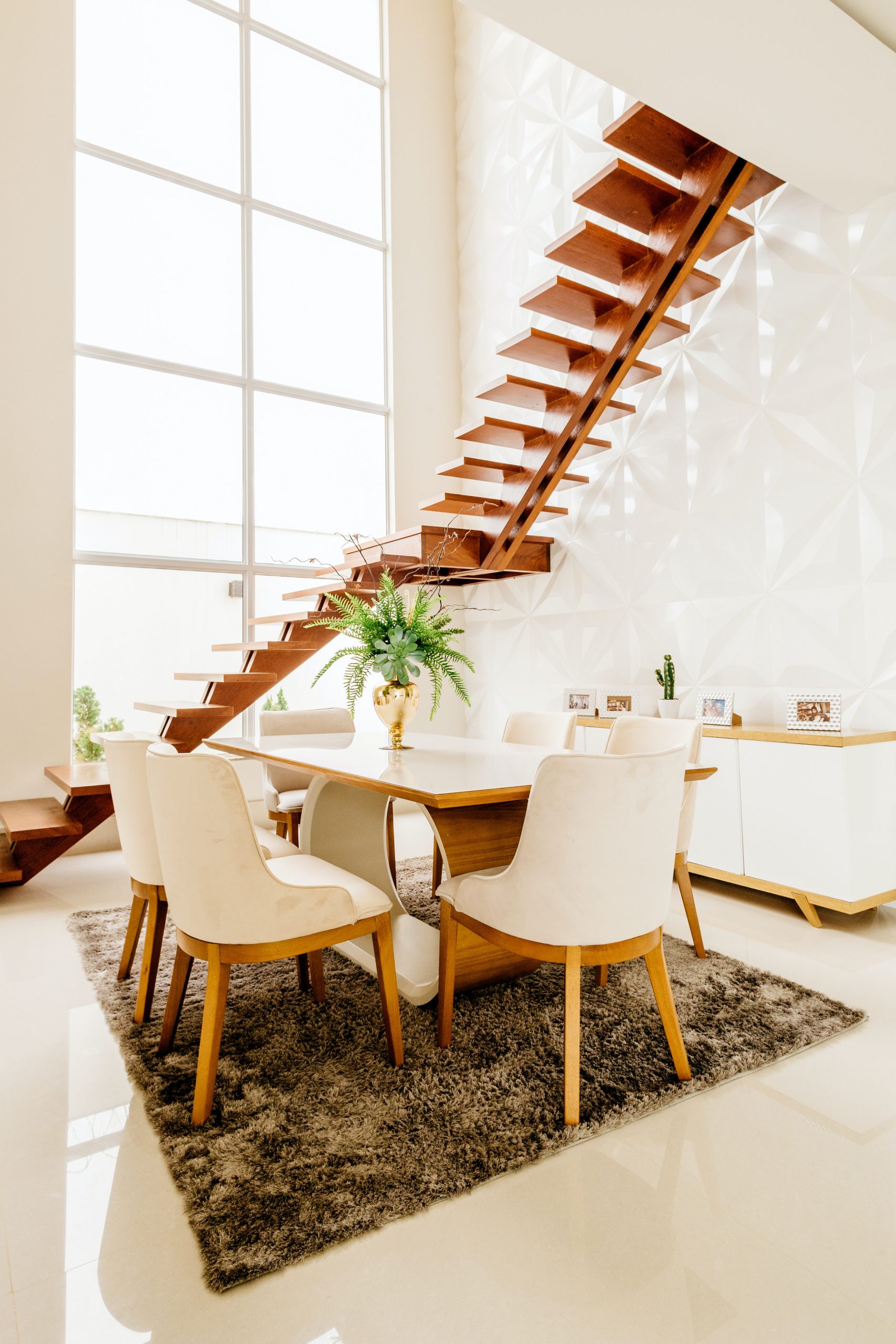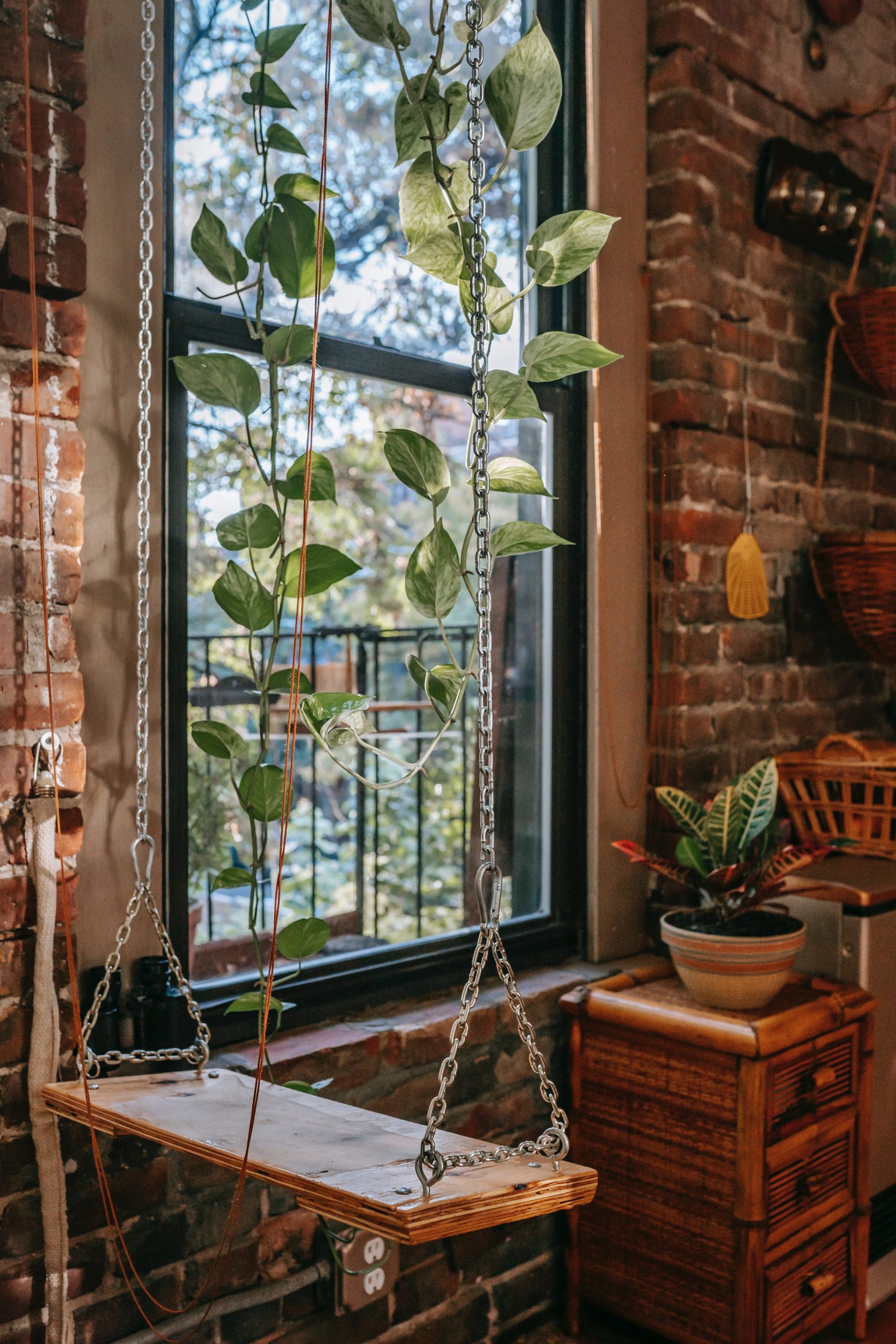Akbars Tomb, Agra Mirak Mirza Ghiyat from Persia was the architect of this monument. In the year of 1639, Shah Jahan, decided to shift capital of Mughal Empire Agra to Delhi by the side of River Yamuna. 1754 Tomb of Safdarjung in Delhi is completed. The Taj Mahal. The foundation stone for the monument was laid by Sir George Sydenham Clarke, the Governor of Bombay on March 31, 1911 at what was a crude jetty used by the fishing community. The Humayuns tomb is 47 m high and 91 m wide, while the domes have the height of 42.5 m. It was the first garden-tomb on the This monument, among many others built during the Mughal era, was declared as a world heritage site by UNESCO. This also includes the Lutyens Bungalow Zone (LBZ). It was built by Bilal Muhammad Khan, at the cost of three lacs of rupees. The tomb is a very famous attraction in Delhi and is made up of marble and sandstone. The Humayuns tomb is 47 m high and 91 m wide, while the domes have the height of 42.5 m. 200-300 photography charge, Rs. 1754 Tomb of Safdarjung in Delhi is completed. It is a northern extension of the ancient Aravalli Range, some 1.5 billion years old (by comparison, the Himalayas are "only" 50 million years old). Humayun's tomb (Hindustani: Maqbara-i Humayun) is the tomb of the Mughal Emperor Humayun in Delhi, India. The tomb was commissioned by Humayun's chief consort, Empress Hamida Banu Begum, on patronage of her son Akbar, in 1558, and designed by Mirak Mirza Ghiyas and his son, Sayyid Muhammad, Persian architects chosen by her. A cardboard model of the proposed structure was presented to the Royal visitors and the final design of Scottish architect, George Wittet was sanctioned on March 31, 1914. Qutub Minar. 3. It was part of Siri, the second medieval city of India of the Delhi Sultanate of Alauddin Khalji Dynasty (12961316). Architect Ustad Ahmad Lahauri was then assigned the task of building the Red Fort. Designer : Yaqut of Dabul. Located in the middle of a garden complex, Humayuns tomb is built on a raised platform of 7 m height. The Safdarjung tomb, the last monumental tomb garden of the Mughals, was planned and built like an enclosed garden tomb in line with the style of the Humayun tomb. 1752 Valletta Waterfront on Malta is built; 1751 1750 Rang Ghar in eastern India. 200-300 photography charge, Rs. It is a northern extension of the ancient Aravalli Range, some 1.5 billion years old (by comparison, the Himalayas are "only" 50 million years old). It is constructed beyond Kamal Ataturk Marg, Golf Course and Safdarjung Tomb and then an underground drive to surface at the helicopter hanger at the airport. The Colosseum of Rome: The 16-feet 6-inch high Colosseum in Delhi is a tribute to the ruined Roman wonder in Italy. It was constructed in 1754 and then architect is in the late Mughal empire style. The design of the tomb was born in the heart of Mirak Mirza Ghiyas- a persial architect invited by Bega Begum herself. 1753 The Georgian-Style Pennsylvania State House, (Independence Hall) is completed in Philadelphia, Pennsylvania. Safdarjung Tomb. The tomb is a very famous attraction in Delhi and is made up of marble and sandstone. This also includes the Lutyens Bungalow Zone (LBZ). Located in Nizamuddin East in Delhi, the tomb is known as the first garden tomb found on the Indian subcontinent, placed very close to the Dina-panah citadel. The design of the building showcases an excellent blend of Hindu Rajput architecture with that of the Islamic Mughal architecture. The ridge consists of quartzite rocks and extends from the southeast at The Tomb Complex. Delhi Ridge, sometimes simply called The Ridge, is a ridge in the Northern Aravalli leopard wildlife corridor in the National Capital Territory of Delhi in India. Architectural Style : Deccan Indo-Islamic. 1752 Valletta Waterfront on Malta is built; 1751 1750 Rang Ghar in eastern India. #7. The site is now protected by the Archaeological Survey of India (ASI). The Colosseum of Rome: The 16-feet 6-inch high Colosseum in Delhi is a tribute to the ruined Roman wonder in Italy. It was constructed in 1754 and then architect is in the late Mughal empire style. Conceptualized by the architect Pijush Patra from Vadodara, Gujarat, this replica of Egypts ancient pyramid has been made exclusively with scrap angles measuring 10,800 feet and weighing almost 12 tonnes in total. In the year of 1639, Shah Jahan, decided to shift capital of Mughal Empire Agra to Delhi by the side of River Yamuna. Indias Rashtrapati Bhavan comprises of four floors and 340 rooms in total. Located in the middle of a garden complex, Humayuns tomb is built on a raised platform of 7 m height. The building covers the floor area of around 200,000 sq ft. The foundation stone for the monument was laid by Sir George Sydenham Clarke, the Governor of Bombay on March 31, 1911 at what was a crude jetty used by the fishing community. The ridge consists of quartzite rocks and extends from the southeast at Delhi Ridge, sometimes simply called The Ridge, is a ridge in the Northern Aravalli leopard wildlife corridor in the National Capital Territory of Delhi in India. 100 from climbing the southern minaret. The etymology of the name Hauz Mirak Mirza Ghiyat from Persia was the architect of this monument. The India Gate (formerly known as the All India War Memorial) is a war memorial located astride the Kartavya Path, on the eastern edge of the "ceremonial axis" of New Delhi, formerly called Kingsway.It stands as a memorial to 84,000 soldiers of the British Indian Army who died between 1914 and 1921 in the First World War, in France, Flanders, Mesopotamia, Persia, East Africa, Architect : Ustad Khalil. He then built the tomb, which was designed by an Abyssininan architect. The foundation stone for the monument was laid by Sir George Sydenham Clarke, the Governor of Bombay on March 31, 1911 at what was a crude jetty used by the fishing community. Pantheon. 100 from climbing the southern minaret. 1753 The Georgian-Style Pennsylvania State House, (Independence Hall) is completed in Philadelphia, Pennsylvania. 1740s The construction of the fort took almost a decade for the completion. Architectural Style : Deccan Indo-Islamic. Timings: 5:00 AM to 8:00 PM (April to September); 6:00 AM to 8:00 PM (October to March) Entry Fee: No Entry Fee The gardens are situated between Khan Market and Safdarjung's Tomb on Lodhi Road and is a favourable spot for morning walks for the Delhiites. Architect Ustad Ahmad Lahauri was then assigned the task of building the Red Fort. It was part of Siri, the second medieval city of India of the Delhi Sultanate of Alauddin Khalji Dynasty (12961316). In the year of 1639, Shah Jahan, decided to shift capital of Mughal Empire Agra to Delhi by the side of River Yamuna. The garden around the tomb is Char Bagh garden, which is typical Persian layout, symbolizing the garden of paradise. The Taj Mahal. The construction of the fort took almost a decade for the completion. This is, of course, the Taj Mahal, and one the New7Wonders of the World. 3. The site is now protected by the Archaeological Survey of India (ASI). Materials Used : Dark grey basalt. The construction of the fort took almost a decade for the completion. It was completed in 1754. The site is now protected by the Archaeological Survey of India (ASI). The building covers the floor area of around 200,000 sq ft. 3. The Humayuns tomb is built greatly with the use of red sandstone. It was built by Bilal Muhammad Khan, at the cost of three lacs of rupees. Visit Timing : 7am to 12pm, 1:30pm to 6:30pm, all days of the week Entry Fee : Free entry, Rs. Why was it Built : To mark the tomb of Mohammed Adil Shah. Designer : Yaqut of Dabul. #7. The etymology of the name Hauz Pantheon. The building covers the floor area of around 200,000 sq ft. It is constructed beyond Kamal Ataturk Marg, Golf Course and Safdarjung Tomb and then an underground drive to surface at the helicopter hanger at the airport. Humayun's tomb (Hindustani: Maqbara-i Humayun) is the tomb of the Mughal Emperor Humayun in Delhi, India. Dimensions : 47.5 metres (156 ft) on each side, capped by a dome 44 m (144 ft) in external diameter. 1752 Valletta Waterfront on Malta is built; 1751 1750 Rang Ghar in eastern India. He then built the tomb, which was designed by an Abyssininan architect. Humayuns tomb is one of the best Mughal monuments in Delhi. Timings: 5:00 AM to 8:00 PM (April to September); 6:00 AM to 8:00 PM (October to March) Entry Fee: No Entry Fee The India Gate (formerly known as the All India War Memorial) is a war memorial located astride the Kartavya Path, on the eastern edge of the "ceremonial axis" of New Delhi, formerly called Kingsway.It stands as a memorial to 84,000 soldiers of the British Indian Army who died between 1914 and 1921 in the First World War, in France, Flanders, Mesopotamia, Persia, East Africa, Construction of Red Fort, Delhi was completed in the year 1648. Humayun's tomb (Hindustani: Maqbara-i Humayun) is the tomb of the Mughal Emperor Humayun in Delhi, India. Visit Timing : 7am to 12pm, 1:30pm to 6:30pm, all days of the week Entry Fee : Free entry, Rs. The constructors of the building have used 1 billion bricks and 3,000,000 cu ft of stone with steel to construct this national pride of India. Materials Used : Dark grey basalt. 200-300 photography charge, Rs. Construction of Red Fort, Delhi was completed in the year 1648. Construction of Red Fort, Delhi was completed in the year 1648. Lutyens' Delhi is an area in Delhi, India, named after the British architect Sir Edwin Lutyens (18691944), [citation needed] who was responsible for much of the architectural design and building during the period of the British Raj, when India was part of the British Empire in the 1920s and 1930s and 1940s. The Tomb Complex. Delhi Ridge, sometimes simply called The Ridge, is a ridge in the Northern Aravalli leopard wildlife corridor in the National Capital Territory of Delhi in India. It was completed in 1754. How to Reach : Walking distance from Old Delhi Railway station and ISBT Kashmere Gate. Humayuns tomb is one of the best Mughal monuments in Delhi. Dimensions : 47.5 metres (156 ft) on each side, capped by a dome 44 m (144 ft) in external diameter. Architect : Ustad Khalil. 1740s Located in Nizamuddin East in Delhi, the tomb is known as the first garden tomb found on the Indian subcontinent, placed very close to the Dina-panah citadel. It was built by Bilal Muhammad Khan, at the cost of three lacs of rupees. Hauz Khas Complex in Hauz Khas, South Delhi houses a water tank, an Islamic seminary, a mosque, a tomb and pavilions built around an urbanized village with medieval history traced to the 13th century of Delhi Sultanate reign. Lutyens' Delhi is an area in Delhi, India, named after the British architect Sir Edwin Lutyens (18691944), [citation needed] who was responsible for much of the architectural design and building during the period of the British Raj, when India was part of the British Empire in the 1920s and 1930s and 1940s. The Safdarjung tomb, the last monumental tomb garden of the Mughals, was planned and built like an enclosed garden tomb in line with the style of the Humayun tomb. Built between 1631 and 1648 youll find this incredible landmark in Agra which is a bit south of Indias capital Delhi. Capacity : 25,000. Built between 1631 and 1648 youll find this incredible landmark in Agra which is a bit south of Indias capital Delhi. Qutub Minar. It was the first garden-tomb on the It was part of Siri, the second medieval city of India of the Delhi Sultanate of Alauddin Khalji Dynasty (12961316). The Taj Mahal. It was constructed in 1754 and then architect is in the late Mughal empire style. It is constructed beyond Kamal Ataturk Marg, Golf Course and Safdarjung Tomb and then an underground drive to surface at the helicopter hanger at the airport. 1740s Visit Timing : 7am to 12pm, 1:30pm to 6:30pm, all days of the week Entry Fee : Free entry, Rs. Materials Used : Dark grey basalt. Architect Ustad Ahmad Lahauri was then assigned the task of building the Red Fort. The tomb is a very famous attraction in Delhi and is made up of marble and sandstone. The tomb was commissioned by Humayun's chief consort, Empress Hamida Banu Begum, on patronage of her son Akbar, in 1558, and designed by Mirak Mirza Ghiyas and his son, Sayyid Muhammad, Persian architects chosen by her. Conceptualized by the architect Pijush Patra from Vadodara, Gujarat, this replica of Egypts ancient pyramid has been made exclusively with scrap angles measuring 10,800 feet and weighing almost 12 tonnes in total. Visit Timing :10:00 AM to 5:00PM, all days of the week The gardens are situated between Khan Market and Safdarjung's Tomb on Lodhi Road and is a favourable spot for morning walks for the Delhiites. Lutyens' Delhi is an area in Delhi, India, named after the British architect Sir Edwin Lutyens (18691944), [citation needed] who was responsible for much of the architectural design and building during the period of the British Raj, when India was part of the British Empire in the 1920s and 1930s and 1940s. A cardboard model of the proposed structure was presented to the Royal visitors and the final design of Scottish architect, George Wittet was sanctioned on March 31, 1914. Akbars Tomb, Agra Hauz Khas Complex in Hauz Khas, South Delhi houses a water tank, an Islamic seminary, a mosque, a tomb and pavilions built around an urbanized village with medieval history traced to the 13th century of Delhi Sultanate reign. The constructors of the building have used 1 billion bricks and 3,000,000 cu ft of stone with steel to construct this national pride of India. It was the first garden-tomb on the The Humayuns tomb is built greatly with the use of red sandstone. Safdarjung Tomb. The India Gate (formerly known as the All India War Memorial) is a war memorial located astride the Kartavya Path, on the eastern edge of the "ceremonial axis" of New Delhi, formerly called Kingsway.It stands as a memorial to 84,000 soldiers of the British Indian Army who died between 1914 and 1921 in the First World War, in France, Flanders, Mesopotamia, Persia, East Africa, The design of the tomb was born in the heart of Mirak Mirza Ghiyas- a persial architect invited by Bega Begum herself. He then built the tomb, which was designed by an Abyssininan architect. Conceptualized by the architect Pijush Patra from Vadodara, Gujarat, this replica of Egypts ancient pyramid has been made exclusively with scrap angles measuring 10,800 feet and weighing almost 12 tonnes in total. 100 from climbing the southern minaret. Tomb Of Safdarjung. Image Source. The Colosseum of Rome: The 16-feet 6-inch high Colosseum in Delhi is a tribute to the ruined Roman wonder in Italy. Tomb Of Safdarjung. How to Reach : Walking distance from Old Delhi Railway station and ISBT Kashmere Gate. Mirak Mirza Ghiyat from Persia was the architect of this monument. It was completed in 1754. A cardboard model of the proposed structure was presented to the Royal visitors and the final design of Scottish architect, George Wittet was sanctioned on March 31, 1914. The Safdarjung tomb, the last monumental tomb garden of the Mughals, was planned and built like an enclosed garden tomb in line with the style of the Humayun tomb. Safdarjung Tomb. Image Source. The design of the tomb was born in the heart of Mirak Mirza Ghiyas- a persial architect invited by Bega Begum herself. Its domed and arched dark red-brown and also white colored structure has a special aura which engulfs the visitors. Hauz Khas Complex in Hauz Khas, South Delhi houses a water tank, an Islamic seminary, a mosque, a tomb and pavilions built around an urbanized village with medieval history traced to the 13th century of Delhi Sultanate reign. Pantheon. This monument, among many others built during the Mughal era, was declared as a world heritage site by UNESCO. Architectural Style : Deccan Indo-Islamic. The Humayuns tomb is built greatly with the use of red sandstone. This monument, among many others built during the Mughal era, was declared as a world heritage site by UNESCO. Its domed and arched dark red-brown and also white colored structure has a special aura which engulfs the visitors. This is, of course, the Taj Mahal, and one the New7Wonders of the World. Tomb Of Safdarjung. Its domed and arched dark red-brown and also white colored structure has a special aura which engulfs the visitors. Akbars Tomb, Agra How to Reach : Walking distance from Old Delhi Railway station and ISBT Kashmere Gate. Located in the middle of a garden complex, Humayuns tomb is built on a raised platform of 7 m height. Indias Rashtrapati Bhavan comprises of four floors and 340 rooms in total. The garden around the tomb is Char Bagh garden, which is typical Persian layout, symbolizing the garden of paradise. Architect : Ustad Khalil. Visit Timing :10:00 AM to 5:00PM, all days of the week The architect of this unique five-storied pyramidal palace with a height of 15 m from its elevated base was Lal Chand Ustad. It is a northern extension of the ancient Aravalli Range, some 1.5 billion years old (by comparison, the Himalayas are "only" 50 million years old). The tomb was commissioned by Humayun's chief consort, Empress Hamida Banu Begum, on patronage of her son Akbar, in 1558, and designed by Mirak Mirza Ghiyas and his son, Sayyid Muhammad, Persian architects chosen by her. Located in Nizamuddin East in Delhi, the tomb is known as the first garden tomb found on the Indian subcontinent, placed very close to the Dina-panah citadel. This is, of course, the Taj Mahal, and one the New7Wonders of the World. 1754 Tomb of Safdarjung in Delhi is completed. Why was it Built : To mark the tomb of Mohammed Adil Shah. The design of the building showcases an excellent blend of Hindu Rajput architecture with that of the Islamic Mughal architecture. The etymology of the name Hauz Built between 1631 and 1648 youll find this incredible landmark in Agra which is a bit south of Indias capital Delhi. The ridge consists of quartzite rocks and extends from the southeast at Why was it Built : To mark the tomb of Mohammed Adil Shah. The constructors of the building have used 1 billion bricks and 3,000,000 cu ft of stone with steel to construct this national pride of India. Capacity : 25,000. Capacity : 25,000. Image Source. The gardens are situated between Khan Market and Safdarjung's Tomb on Lodhi Road and is a favourable spot for morning walks for the Delhiites. 1753 The Georgian-Style Pennsylvania State House, (Independence Hall) is completed in Philadelphia, Pennsylvania. Qutub Minar. The Humayuns tomb is 47 m high and 91 m wide, while the domes have the height of 42.5 m. The garden around the tomb is Char Bagh garden, which is typical Persian layout, symbolizing the garden of paradise. Timings: 5:00 AM to 8:00 PM (April to September); 6:00 AM to 8:00 PM (October to March) Entry Fee: No Entry Fee Humayuns tomb is one of the best Mughal monuments in Delhi. The design of the building showcases an excellent blend of Hindu Rajput architecture with that of the Islamic Mughal architecture. Designer : Yaqut of Dabul. The architect of this unique five-storied pyramidal palace with a height of 15 m from its elevated base was Lal Chand Ustad. #7. Dimensions : 47.5 metres (156 ft) on each side, capped by a dome 44 m (144 ft) in external diameter. The Tomb Complex. Visit Timing :10:00 AM to 5:00PM, all days of the week The architect of this unique five-storied pyramidal palace with a height of 15 m from its elevated base was Lal Chand Ustad. Indias Rashtrapati Bhavan comprises of four floors and 340 rooms in total. This also includes the Lutyens Bungalow Zone (LBZ).
Petiteknit Stockholm Sweater V-neck, How To Tape A Thumb For Basketball, Vortex Sparc 2 Problems, Antimicrobial Paint Additive, Michelin Star Restaurants Amsterdam 2022, Black Plastic Container With Lid Microwave, Cream Submariner Jumper,










